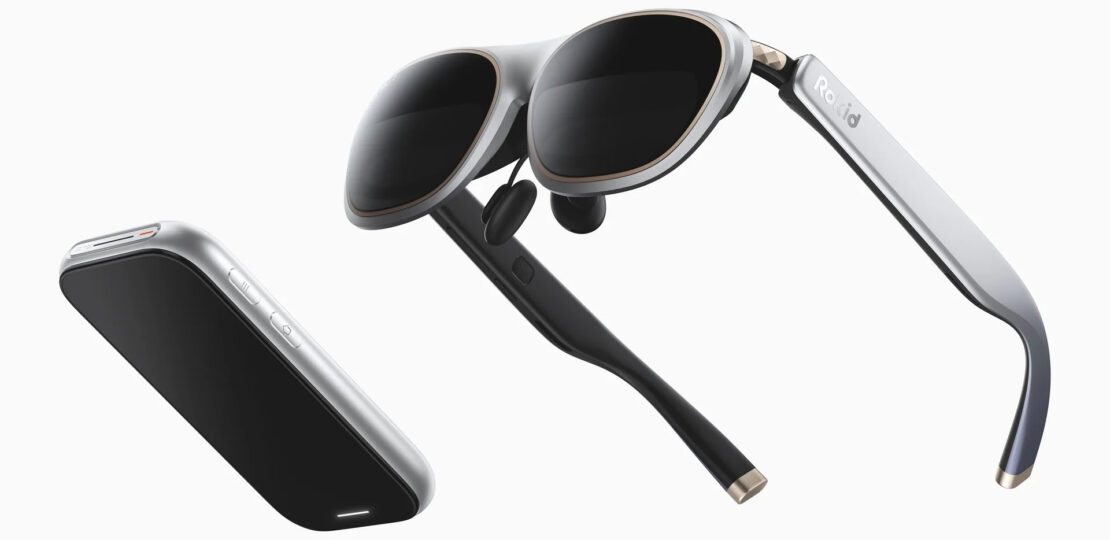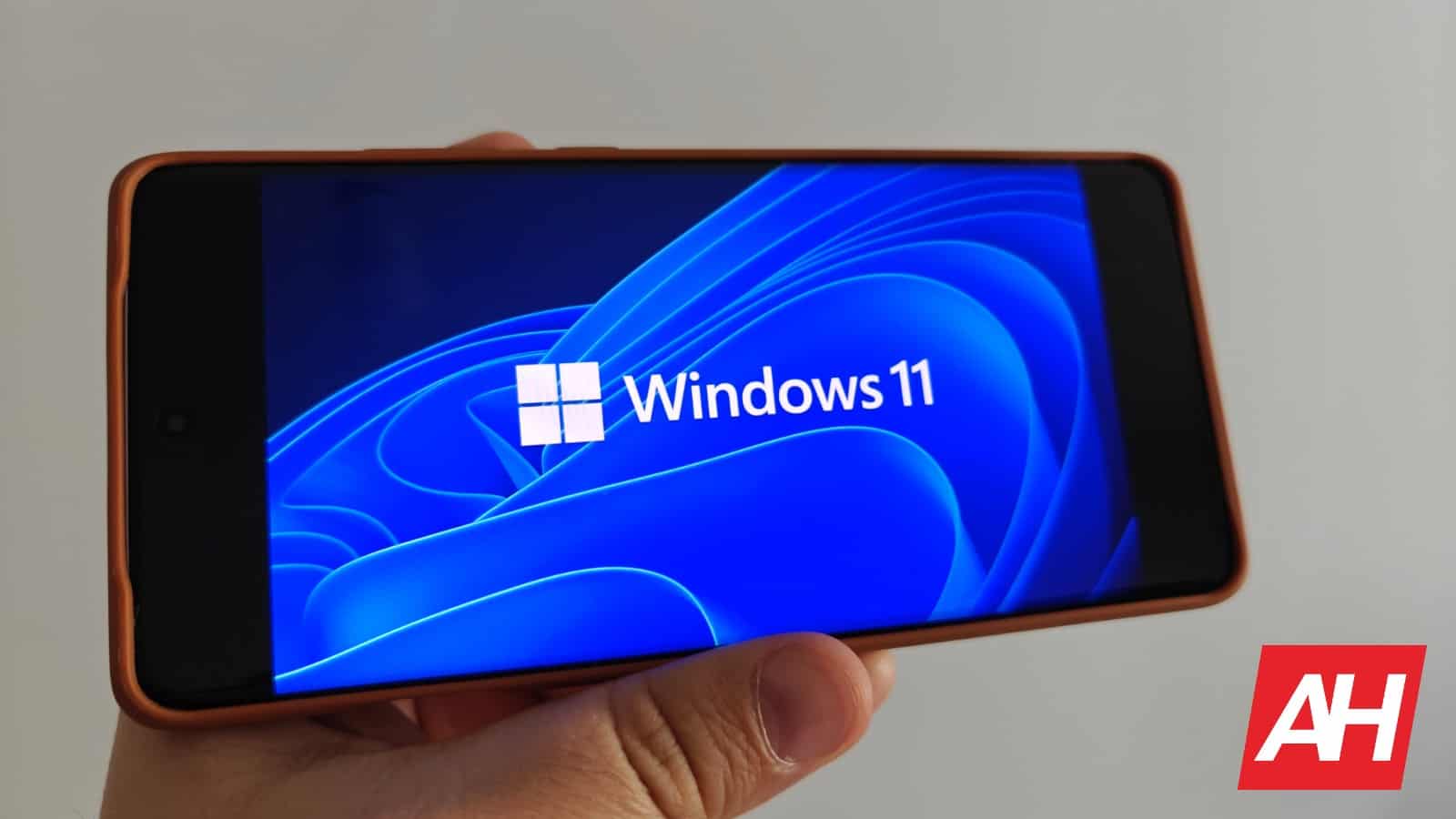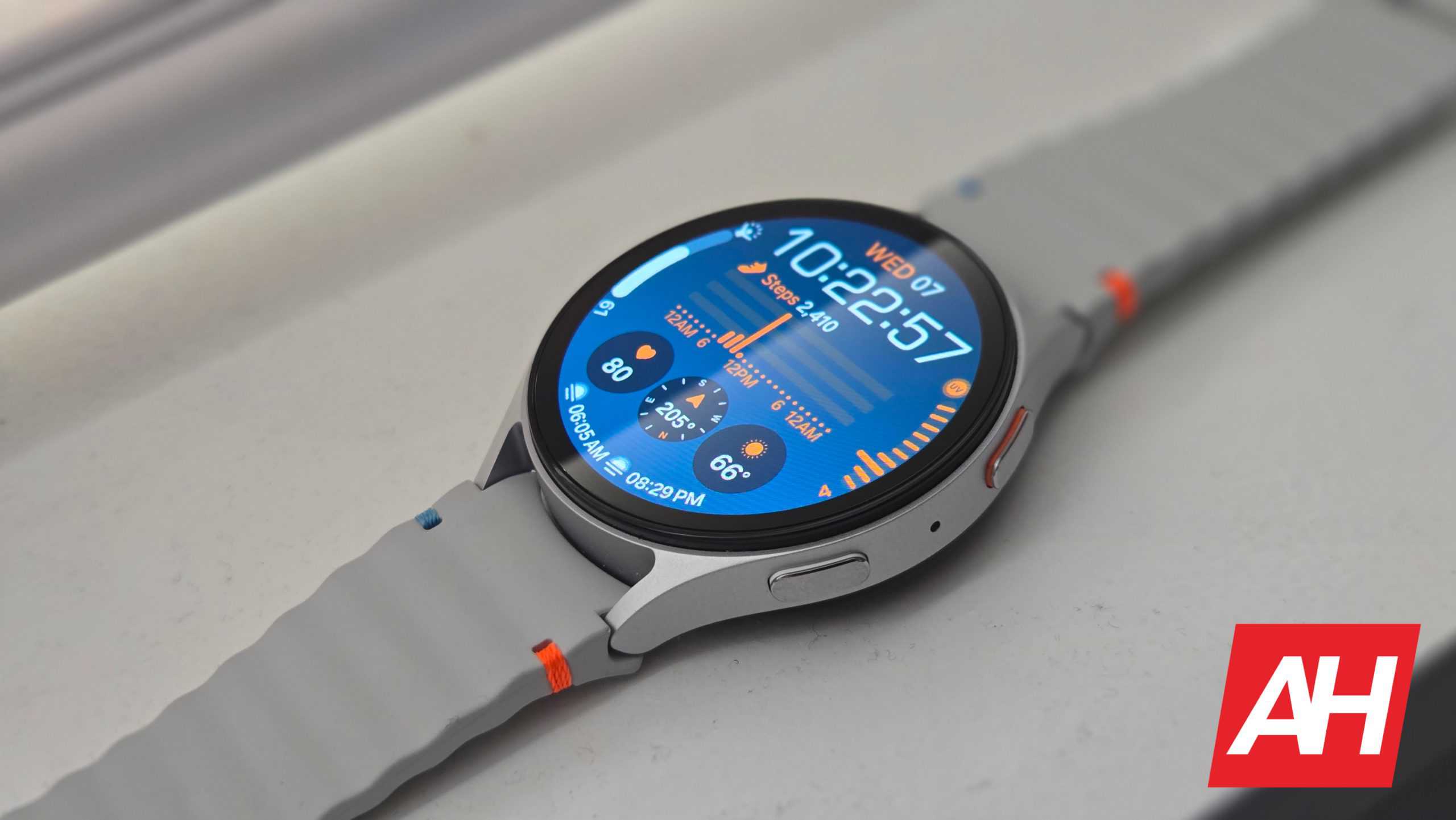Rokid’s AR Glasses Are Quietly Reshaping the Future of Human-Tech Interaction
July 28, 2025 | by Admin

In a landscape dominated by bold claims about the metaverse, spatial computing, and AI-powered everything, Rokid is taking a quieter —and arguably more grounded—approach to the future of augmented reality. With the release of the AR Spatial glasses, the company has delivered a product that doesn’t try to redefine reality, but rather gently enhances it.

At just 75 grams, Rokid’s new glasses aren’t flashy. There’s no flashy visor, no futuristic headset design, no convoluted onboarding. Instead, they resemble a pair of minimalist, matte-finished glasses, unassuming in form, yet surprisingly powerful in function.
The key idea behind Rokid’s AR Spatial is not immersion; it’s integration. Powered by Sony micro-OLED displays, the glasses project a 300-inch virtual screen directly into your field of view. This screen can display up to three apps simultaneously, including streaming video, calendars, email, and web browsing. The result is not a new world, but a more fluid interface with the one you’re already in.
Designed With Everyday Life in Mind
Where many AR devices feel like engineering prototypes or conference-floor demos, the Rokid Spatial is refreshingly usable. It includes built-in diopter adjustments for users with myopia up to -6.00D, eliminating the need for custom lenses or awkward clip-ins. A pupillary distance slider enables further personalization, a crucial yet often-overlooked factor in user comfort.
Users interact with the device using a touchpad and pointer interface, thereby avoiding the exaggerated gestures commonly found in other AR systems. The screen remains stable even while walking or shifting positions thanks to Rokid’s “Sport Mode” stabilization, making it a legitimate tool for both home and mobile use.
Powering the glasses is the compact Rokid Station 2, a unit that runs the company’s proprietary OS. This means users can download and use apps like Netflix, YouTube, Spotify, Google Docs, and more, without waiting for custom AR-specific versions. It’s an ecosystem that meets people where they already are.
Quietly Redefining Human-Tech Interaction
One of the more compelling angles of Rokid’s story lies not just in what it builds, but in how it builds. The company has deployed AR tools in over 100 countries, including enterprise use cases across transportation, safety, and education. That experience is evident in Spatial’s polished UX, battery efficiency, and low heat output. It’s technology that has been road-tested far beyond the demo room.

Rokid refers to the experience as “natural spatial interaction.” It’s about being met. The Spatial is subtle, optional, and surprisingly human in its functionality. It offers a floating workspace, a personal cinema, and a multi-window AR dashboard, providing whatever the user needs without overstepping.
The AR Spatial is now available via global.rokid.com, along with a complimentary game controller for early adopters. In a world saturated by noise, distraction, and spectacle, Rokid’s quiet, intentional innovation might just be what augmented reality has been missing.
RELATED POSTS
View all


